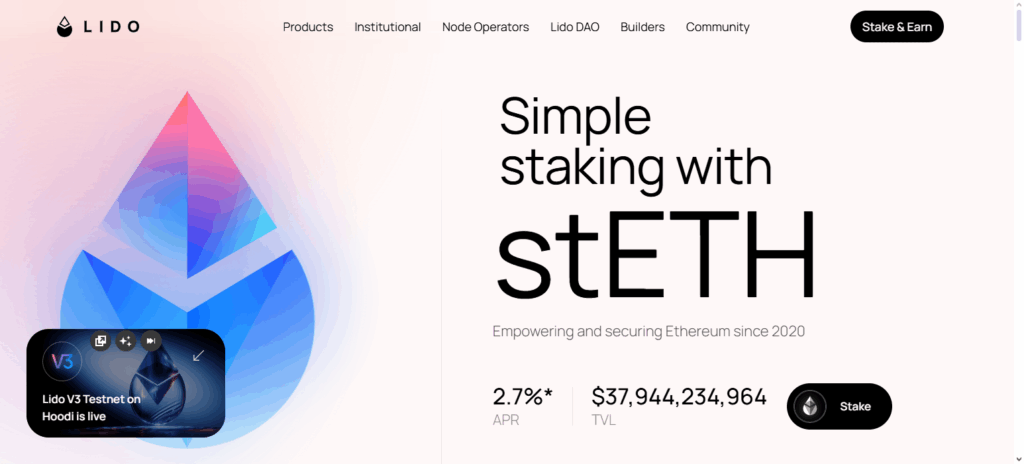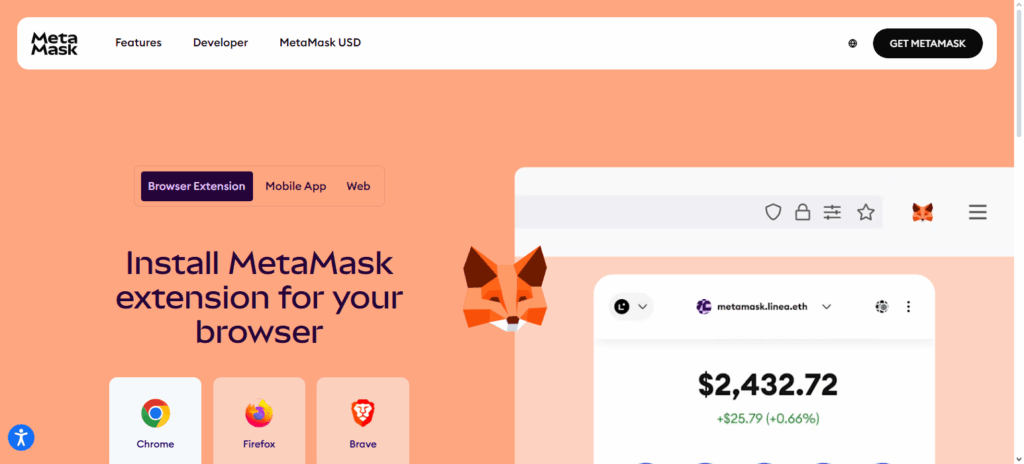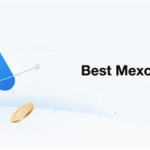This article details how to stake Ether after the Merge. I’ll explain how you can earn rewards while supporting the Ethereum network.
You’ll identify different methods to stake, how to secure those methods, related risks, and other important prerequisites. This guide is designed to help post-Merge ecosystem users confidently and safely stake ETH, whether you’re a beginner or an experienced user.
What is Ether Staking?
When you stake Ether, you are committing your ETH to help secure the Ethereum blockchain and check transactions under the proof-of-stake (PoS) network system.
Following the Ethereum Merge, Ethereum secured its network under PoS and removed the energy-intensive proof-of-work (PoW) system, making Ether staking important.

By securing the network, validators and stakers gain additional ETH which serve as rewards; however, the rewards depend on the staked amount, network activity, and the validators’ efficiency.
Aside from the PoS requirements, Ether stake rewards are inclusive of price fluctuations, and the amount which is temporarily inaccessible, due to the risks underlying staking. To solo stake, you must have at least 32 ETH.
Validators must use the right wallets and be always be connected to the network to avoid slashing. In summary, staking ETH can help you earn passive income, alongside the risks which price fluctuations and staked funds being locked.
How to Stake Ether After Merge
Staking Ether Example Using a Staking Platform
Step 1: Choose a Staking Platform
Sign up with a reputable staking platform such as Lido, Coinbase, and Kraken. These platforms enable you to stake Ether without managing a validator node.

Step 2: Create an Account and/or Connect a Wallet
Create an account on the platform or connect a supported wallet (e.g., MetaMask, Ledger). Your wallet should be safe and properly backed up, as you’ll be sending funds.

Step 3: Deposit Ether
Send the amount of ETH you want to stake to the platform. For Lido, you can stake any amount of Ether unlike solo staking where you need to have a minimum of 32 ETH.
Step 4: Start Staking
Click on Stake ETH and confirm the transaction. Approve it through your wallet when prompted. The platform will automatically set up the validator or pool participation.
Step 5: Monitor Your Rewards
Once staking begins, you can monitor your rewards through the staking platform. Rewards are automatically distributed according to your earning rate and can be set to compound.
Step 6: Optional – Unstaking
Platforms offer the option to unstake and withdraw ETH after a while. Keep in mind that solo staking with your own validator also has a lock-up period.
Why Use Stake Ether After Merge
Earn Rewards: Staked Ether earns passive rewards, which accumulate, providing a source of income.
Validate Transactions: Staking helps secure the Ethereum network, validating blockchain transactions and contributing to overall blockchain strength.
Lower Cost: Ethereum’s proof-of-stake system used after the Merge is more energy efficient than proof-of-work mining and transactions.
Solo or with Pool: Staking pools allow people to stake Ether with smaller amounts or solo with the full 32 ETH, therefore offers various engagement opportunities.
Rewards on Rewards: There are compounding rewards after staking Ether, meaning more invested rewards increase overall returns.
Ethereum 2.0 is Yours: Participate in the Ethereum 2.0 network and gain all the benefits of the fast, upgraded network.
Prerequisites Before Staking Ether
Minimum ETH Requirement
You’ll need at least 32 ETH for solo staking while smaller amounts are acceptable for pooled staking.
Compatible Wallet
You can stake ETH using MetaMask, Ledger, or other platform-supported wallets.
Reliable Internet Connection
Solo validators need constant internet connectivity.
Understanding Risks
Be mindful of slashing, locked funds, and highly volatile markets.
Familiarity with Platforms
Understand your staking platform or pool, especially regarding fees and how rewards are paid.
Backup & Security
To lose staked ETH, store private keys and recovery phrases improperly.
Security Tips While Staking Ether
Choose Reliable Services
To avoid scams and fraud, only stake on well-known platforms.
Protect Your Wallet
For additional safety, get hardware wallets, and remember to set complex passwords.
Activate 2-Step Verification
Use 2-Step Verification on your accounts and on staking platforms to block unauthorized users.
Secure Your Private Keys
Private keys and recovery phrases should stay with you and not be revealed to anybody.
Recognize Phishing Attempts
Do not click on questionable links or disclose confidential information.
Keep an Eye on Your Staking Account
Regularly check on rewards and validator status, so you can spot any issues quickly.
Keep Software Up to Date
Update your wallets, devices, and staking apps to minimize risk.
Risks & Considerations
Market Risk
Staking ETH exposes you to Ether price fluctuations and the potential impact on your rewards.
Lock-Up Risk
Limited access to funds due to locked Staked Ether and unclear Axes.
Slashing Risk
Staked ETH is subject to slashing when dishonest Validators get staked Ether penalties for downtime.
Missed Reward
Penalty and rewards on missed software or internet connection.
Counterparty Risk
The trust you have is the value encapsulated in third-party staking. You lose everything in a hack.
Change In Regulation
Staking and tax laws are subject to the government and law enforcement.
Reduced liquidity
Staked tokens are of lower value and not of regular value.
Conclusion
Following the Merge, the Ethereum network is proof-of-stake, making it one of the effective passive income streams. However, while the level of income differs with each of the staking options—solo, pooled, or via a reputable platform—some are more effective than others, given the level of rewards and possible risks..
For optimal rewards and minimum issues, stake in a secured, risk-managed platform, understand the terms and policies of the staked platform, and track your earnings. With knowledge, risk mitigation, and investment forecasting, post-Merge Ether staking is income-generating and is a contribution to the Ethereum ecosystem’s growth and evolution.
FAQ
What is the minimum amount of Ether required for staking?
You need 32 ETH for solo staking as a validator. However, you can stake smaller amounts using pooled staking services like Lido or Coinbase.
Can I unstake my Ether after the Merge?
Yes, you can withdraw or unstake Ether, but withdrawal availability depends on the platform and the network’s withdrawal schedule.
How much can I earn by staking Ether?
Rewards vary between 3% to 6% annually, depending on the total ETH staked and validator performance.
Is staking Ether safe?
Yes, it’s generally safe if done through trusted wallets or platforms and with proper security measures like 2FA and hardware wallets.
Can I stake Ether without technical knowledge?
Absolutely. You can use staking pools or exchanges that handle technical aspects for you, making it beginner-friendly.









